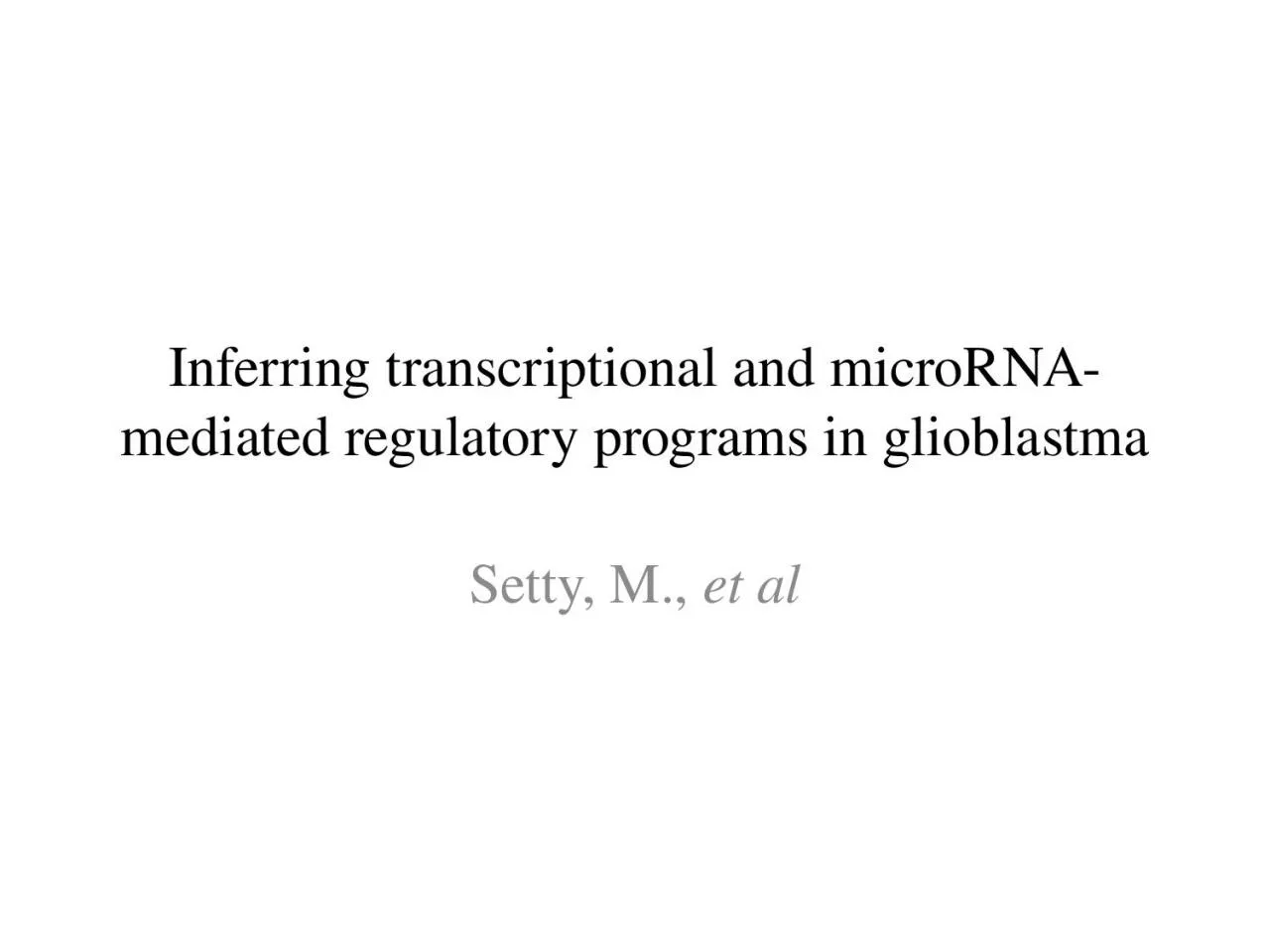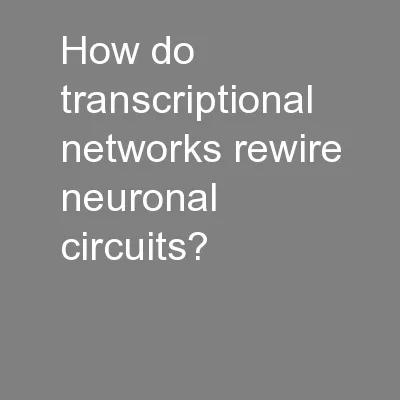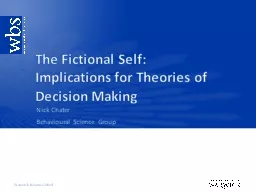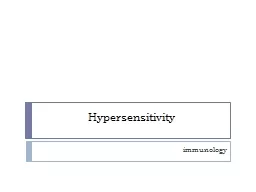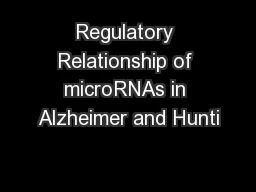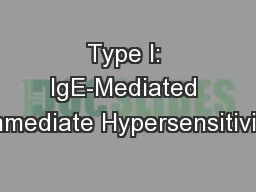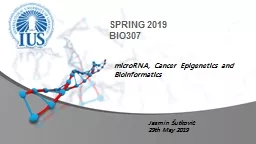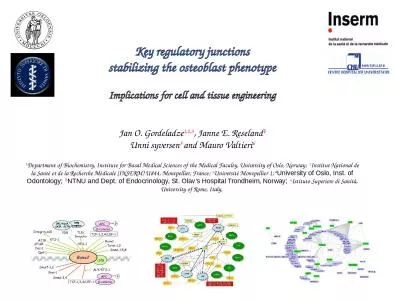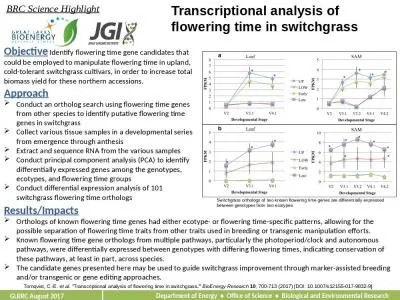PPT-Inferring transcriptional and microRNA-mediated regulatory programs in glioblastma
Author : callie | Published Date : 2022-06-18
Setty M et al Goal Integrate multiple layers of data for tumor DNA copy number promoter methylation mRNA expression and miRNA expression Understand the role
Presentation Embed Code
Download Presentation
Download Presentation The PPT/PDF document "Inferring transcriptional and microRNA-m..." is the property of its rightful owner. Permission is granted to download and print the materials on this website for personal, non-commercial use only, and to display it on your personal computer provided you do not modify the materials and that you retain all copyright notices contained in the materials. By downloading content from our website, you accept the terms of this agreement.
Inferring transcriptional and microRNA-mediated regulatory programs in glioblastma: Transcript
Download Rules Of Document
"Inferring transcriptional and microRNA-mediated regulatory programs in glioblastma"The content belongs to its owner. You may download and print it for personal use, without modification, and keep all copyright notices. By downloading, you agree to these terms.
Related Documents

